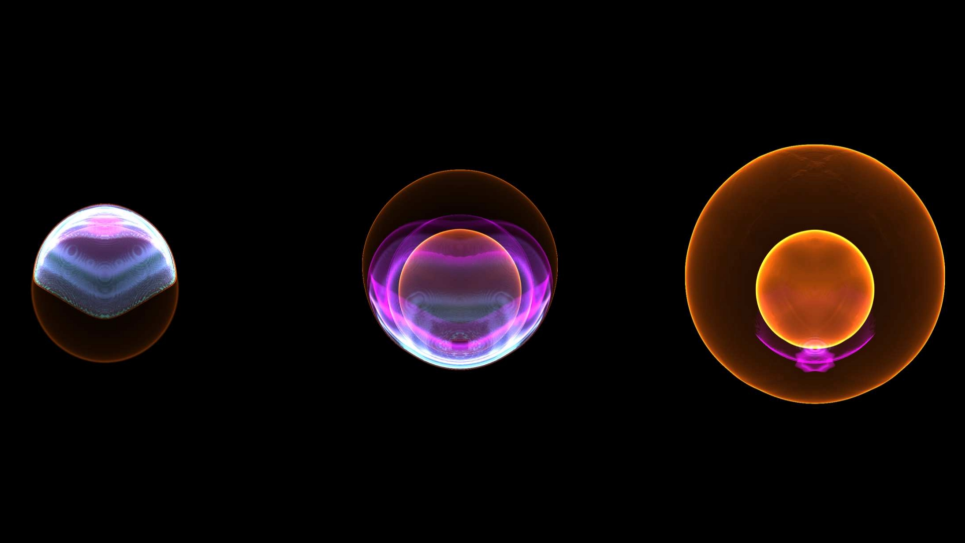To build the scientific foundations needed to develop fusion power as a clean and sustainable energy source, the timely development of a high-physics-fidelity predictive simulation capability for magnetically confined fusion plasmas is essential. The goal of this project is to harness the power of supercomputers to simulate the complex dynamics governing the magnetic confinement properties of fusion-grade plasmas, especially ITER, a multi-billion dollar international experiment under construction in France involving partnership of seven governments representing over half of the world’s population.
An associated challenge is to better understand, predict, and control instabilities caused by the unavoidable spatial variations in such systems. One consequence is the occurrence of microturbulence, which can significantly increase the transport rate of heat, particles, and momentum across the confining magnetic field in tokamak devices. Understanding and possibly controlling the balance between these energy losses and the self-heating rates of the actual fusion reaction is key to achieving the efficiency needed to help ensure the practicality of future fusion power plants.
This project will use the Argonne Leadership Computing Facility resources to capture new physics insights into the key question of how turbulent transport and associated confinement characteristics scale from present generation laboratory plasmas to the much larger ITER-scale burning plasmas. The large-scale, high-resolution simulations will also provide the knowledge and experience necessary to help introduce more comprehensive gyrokinetic particle-in-cell (PIC) codes into the low memory per core path to exascale era of modern supercomputing applications.

